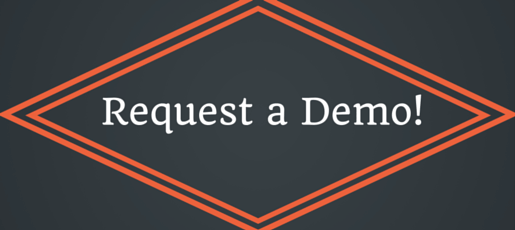Every year, thousands of fundraisers flock to the Nonprofit Technology Network conference to learn about fundraising, philanthropy, and how technology is influencing the nonprofit sector. This year’s conference dominated X — and these tweets contain some of our favorite pieces of fundraising knowledge.
Don’t finish the story like you have solved the problem. #16NTCdirectservice #16NTC @LAIAtlanta
— Dr. D.S Pickett (@iamdspickett) March 25, 2016
Takeaway: When you’re telling your story to your donors — whether on your website, in emails, or in other communications — don’t present the problem your org is addressing like you’ve already solved it. Your donors want to feel like they’re helping to solve a problem, not like they’re supporting an organization that has already fixed the issue.
Who are our personas? Create personas to target different segments of your constituents #16ntc#16ntcsmalltargetspic.twitter.com/8ZYlEGQ1wf
— Kayley Whalen (@LenoreGore) March 25, 2016
Takeaway: Good marketing makes your donors feel like you’re talking directly to them, but it’s hard to speak directly to each and every person reading your material. Building persona profiles that include factors like age, involvement level, and program interest will help you with your segmentation and is useful when writing to each segment.
Use Google Trends to see when keywords are being used throughout the year & how often #16NTC#16NTCSuperhero
— James Porter (@PorterJamesE) March 23, 2016
Takeaway: Do you have a good idea of what your supporters and the people in your area are interested in during different times of the year? Tools like Google Trends (and others!) will help you keep your proverbial ear to the ground and create relevant material.
Talking to us does not mean you’re listening to us. #16NTC#shutupandlistenpic.twitter.com/oGWIgrGBen
— Brianna (@briannamonsterz) March 24, 2016
Takeaway: Sure, you send communications to your donor base on a regular basis. But are you talking WITH your supporters or talking AT your supporters? Communication isn’t a one-way street — you have to listen to your donors’ preferences, ideas, and interests and respond accordingly.
The boulder that we are all pushing up a hill is not hunger, pain, etc… it is APATHY. @jeffshuck#16NTC
— Stacy Clinton (@stacyjclinton) March 25, 2016
Takeaway: here’s a little gem you should keep in mind when you’re communicating with donors and potential donors alike — you’re not fighting hunger, pain, environmental destruction, animal abuse, or anything else. You’re fighting the apathy that prevents people from acting to stop those things. Let your materials inspire passion; once the apathy is gone, your audience will be a force of nature.
Hit the pause button. Is this tech helping us or hurting us being more of what we want to be? @MartinBWolske at #16ntc. Yes. Love this.
— Miriam Brosseau (@miriamjayne) March 24, 2016
Takeaway: Before rushing into a social channel, tech upgrade, or new app, take a moment to ask yourself if your new tech is helping your cause or merely distracting you from your mission. You might save yourself time, money, and stress.
“How often have we been confident that technology is going to revolutionize things?” – @MartinBWolske#16NTC
— NTEN (@NTENorg) March 24, 2016
Takeaway: Yes, technology is important. But will that latest piece of tech totally revolutionize your nonprofit and the way you do business? Probably not. Make sure you have tried-and-true strategies, guidelines, and standards in place, THEN make sure your tech fits… not the other way around.
Marketing runs on data, not on hope and crossed fingers. #16NTC
— Jereme Bivins (@jcbivins) March 23, 2016
Takeaway: When you run a campaign for your nonprofit, how do you decide how to spread the word about what you’re doing? Do you test your strategies or just run with them? Before you start a marketing push, make sure you base your current strategy on past performances, donor preferences, and lots of testing.
Nonprofits: think of your website as a program, not a one-time investment in a filing cabinet @kopperwoman#16NTCdesignbudget#16NTC
— Briana Morgan (@babefromtoyland) March 23, 2016
Takeaway: You can’t just build a nonprofit website and call it a day. Your website is the hub of your online presence, and it needs to be maintained and updated regularly.
“You can have 1,000 shares. That doesn’t mean anyone read it. Look at the time spent on your pages to really measure engagement.” #16NTC
— EveryAction (@EveryActionHQ) March 25, 2016
Takeaway: Avoid getting so caught up in vanity metrics (like Facebook likes, number of shares, and other cool but meaningless numbers) that you miss the important things. Your content might be shareable, sure, but are people actually reading, understanding, and acting upon what you’re saying? That’s what really matters.



